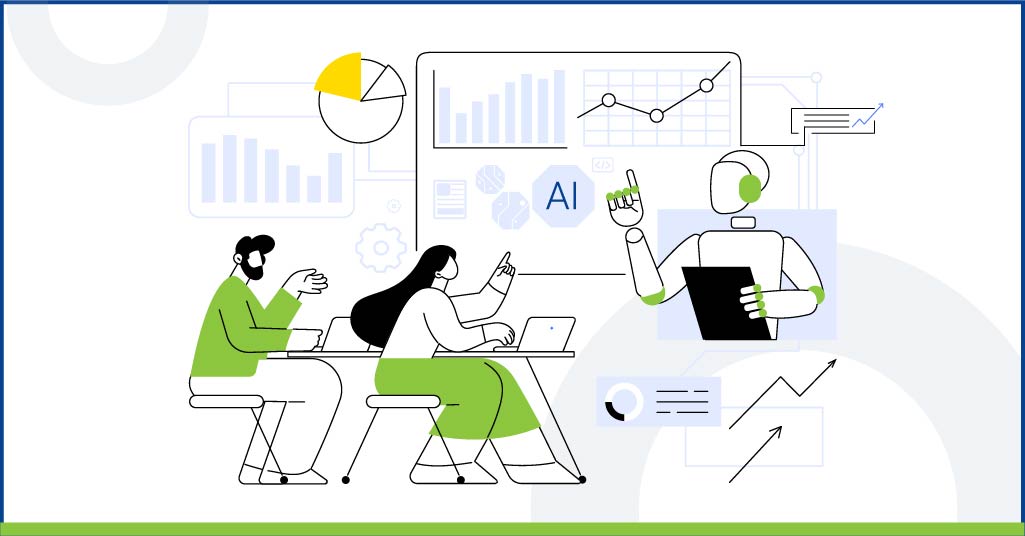The Bible (Matthew 9:17) cautions against pouring new wine into old wineskins as it can ruin both the wine and the wineskin.
What if learning were wine? Would that make digitalization and modernization of learning so much old wine in a new bottle? Or new wine in old bottle?
When it comes to learning today, both the wine and the bottle need to be new.
Learning is not wining
To forget might be one of the prime reasons to enjoy wine but the key purpose of learning is to remember—and remembering what matters is essential to deliver the right action at the right time.
Keeping the wine glass aside for a moment, why should one learn at work?
An individual may learn to pick a new skill, perform better at an old task, earn a reward, avoid punishment, or simply because others are doing it. For businesses, learning could help boost performance, derive greater value from innovation, or stay ahead of the competition. Those reasons are age-old.
What has not aged is the fundamental principles of learning. Learning must relate to business strategy, performance targets, and personal goals. What is important is the not the learning per se but doing that results from the learning.
On the other hand, what has changed is the skillset required at the workplace. What has also changed is the way the workforce prefers to learn those skills.
Power to the learner
Today change is speedy, the flow of knowledge is speedy, so learning must be too. Jane Hart points out that instead of being hierarchical and top-down, “modern learning is very bottom-up, self-organized, self-managed, self-facilitated, and autonomous.”
Top learning tools are no longer the traditional learning tools. The modern professional learns in very many ways. The organization must support that. Trainers can no longer be just classroom teachers. They must become facilitators, enablers, and guides.
Today’s employees are quite capable of learning new skills and moving into higher-priority positions. According to an analysis, “many employees who have moved into ‘emerging roles’ over the past five years came from entirely different occupations. For example, half of the employees who moved into data science and artificial intelligence (AI) roles were coming from unrelated industries. That number jumps when we look at engineering roles (67%), content roles (72%), and sales roles (75%). What is even more interesting is that the people who transitioned into data and AI had the largest variation in skill profiles, with half of them possessing skills with low similarity.”
Learning must adapt to serve the modern generation’s needs, here and now. According to the LinkedIn study, while older generations of learners are focused more on developing their soft skills, like communication and leadership, “Gen Z employees are spending their time learning how to be more productive and on business and technology basics—from learning how to code Python to understanding online marketing foundations.”
Not just conversion, but a fresh experience
A poll conducted in early December 2021 revealed that for an equal proportion (39%) of organizations, modernization meant conversion of instructor-led training (ILT) to its virtual version (VILT) or repurposing for learning experience platforms (LxP) and/or mobile (39%). While 13% opted for conversion of Flash to HTML5, only 8% thought transforming events to campaigns amounted to modernization.
Like those who responded to that poll, we at Upside Learning believe there is more to modernization. It is not all about upgrading technology or porting lessons from a defunct platform to a modern one.
When we tailor a learning experience for you at Upside Learning, you are assured of an instructionally sound learning experience rooted in your business needs. It is enriched by apt visual style, media treatment, and screen composition. It shall facilitate meaningful, contextualized interactions.
We study the subject matter, the learning and performance ecosystem, expected performance outcome, and how well we can match the learning with the learners’ profile. We revisit the purpose of the learning, redesign the media, and repurpose content for a modern, digitalized learning experience.
It is about purposeful chunking of content, retaining only what is essential for learning. We design components with a human touch. We also focus on the quality of interaction—employee-content as well as employee-instructor. We use several components depending on the need, ranging from audio files to comic strips to gaming scenarios.
We help you identify learning material that must be retained, analyze your training needs to know what must change and use proven processes to complete the conversion.
Ongoing process, not a one-time project
The coronavirus is the cause of many ills but learning digitalization and modernization is not one of them.
David Collings and John McMackin of Dublin City University Business School observe that organizations were already struggling to keep pace with the new skills demanded by the shift to digital business models. “The pandemic accelerated those trends, putting an increased premium on learning and development (L&D) as a means of equipping companies to handle both long-term challenges and short-term crises.”
We do not know if the ambitious 15-ton, 8-feet difference engine developed by Charles Babbage, some 200 years ago, would have gone on to help workplace learning. We do know that the device preferred by today’s learner to connect, entertain, and learn, also fits into the back pocket. Who knows, tomorrow’s worker may just need to clap hands to call up the appropriate virtual retinal display to perform a tricky maintenance task.
In terms of utility and impact, what is current today maybe antique tomorrow. That is what makes digitalization and modernization a continual process and not a one-time project.
Vintage wine is expensive. So is vintage learning. If you let your learning stay “good old” and ferment it for long, it can be very expensive for your business.
Download Digitalization and modernization of learning: Equip yourself to conquer the change constant to know more and to get started.



















